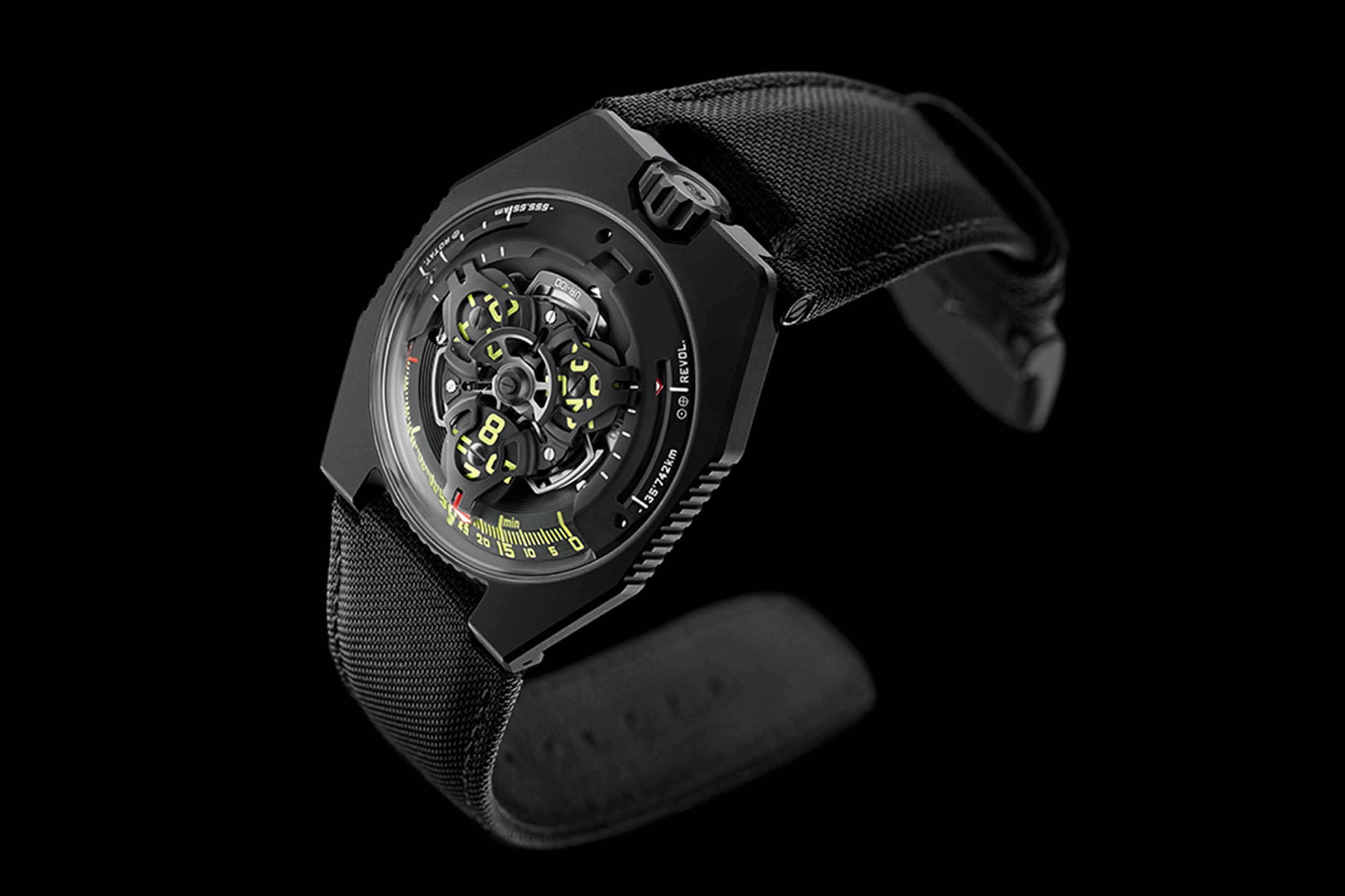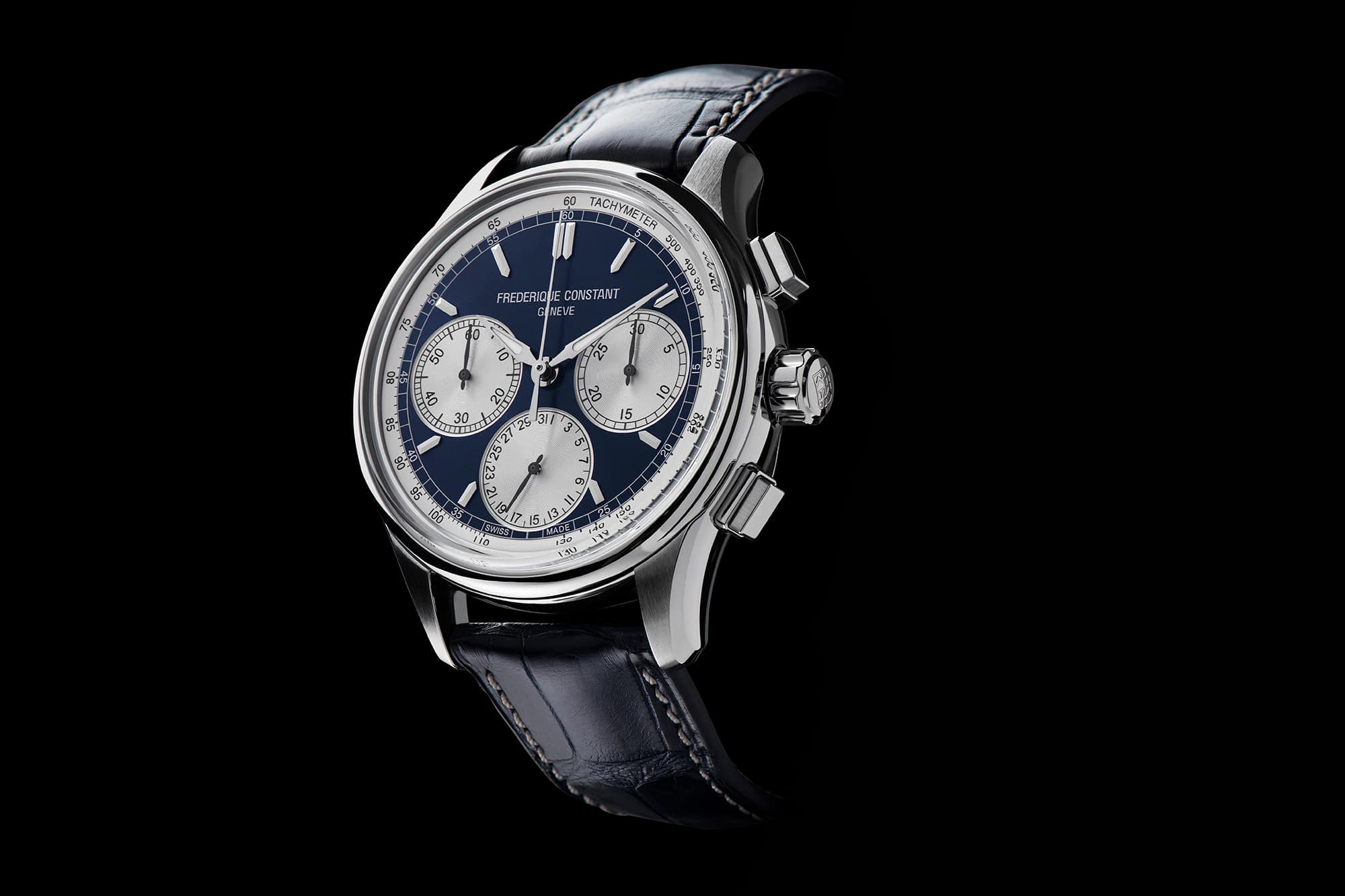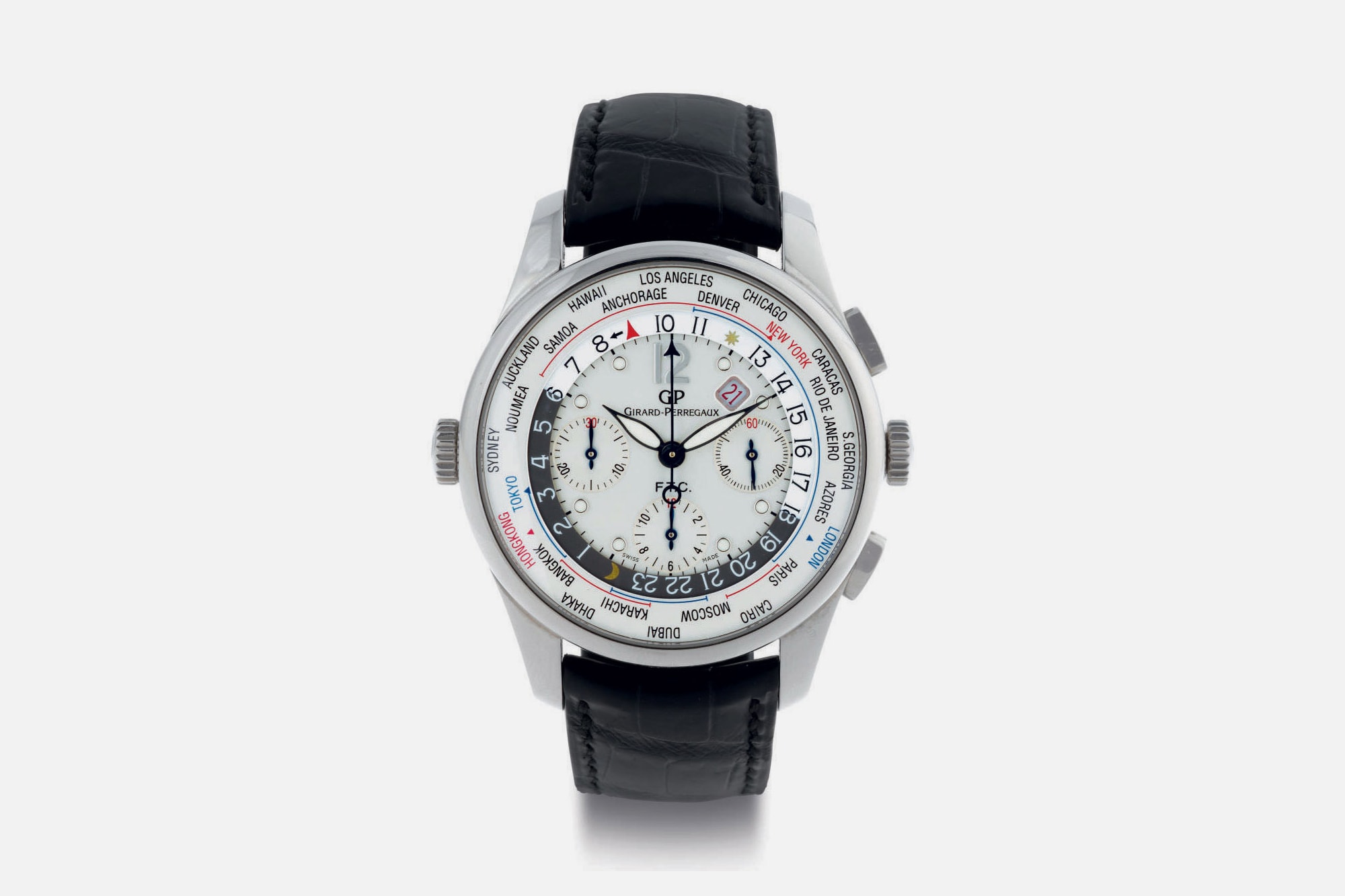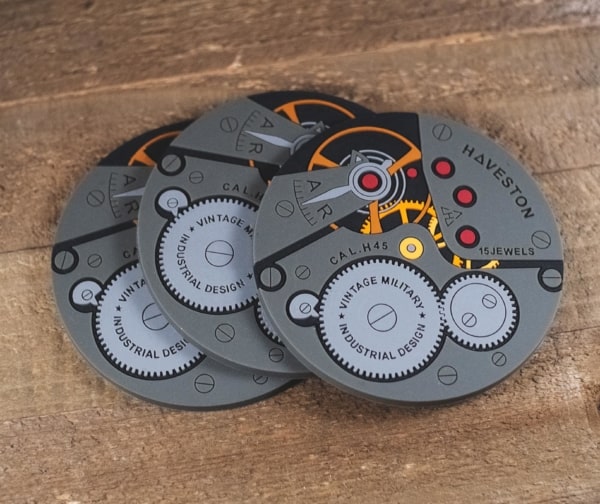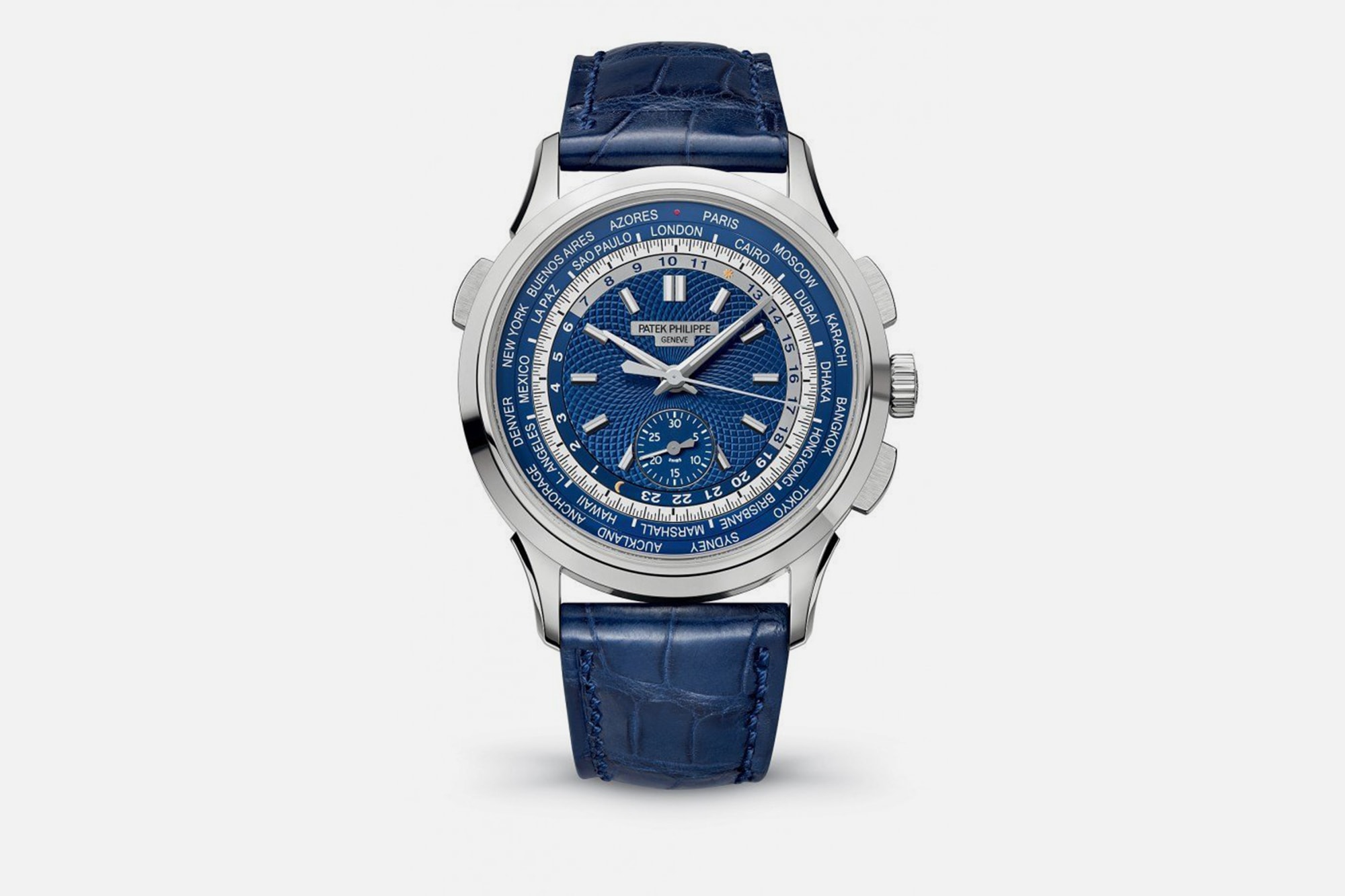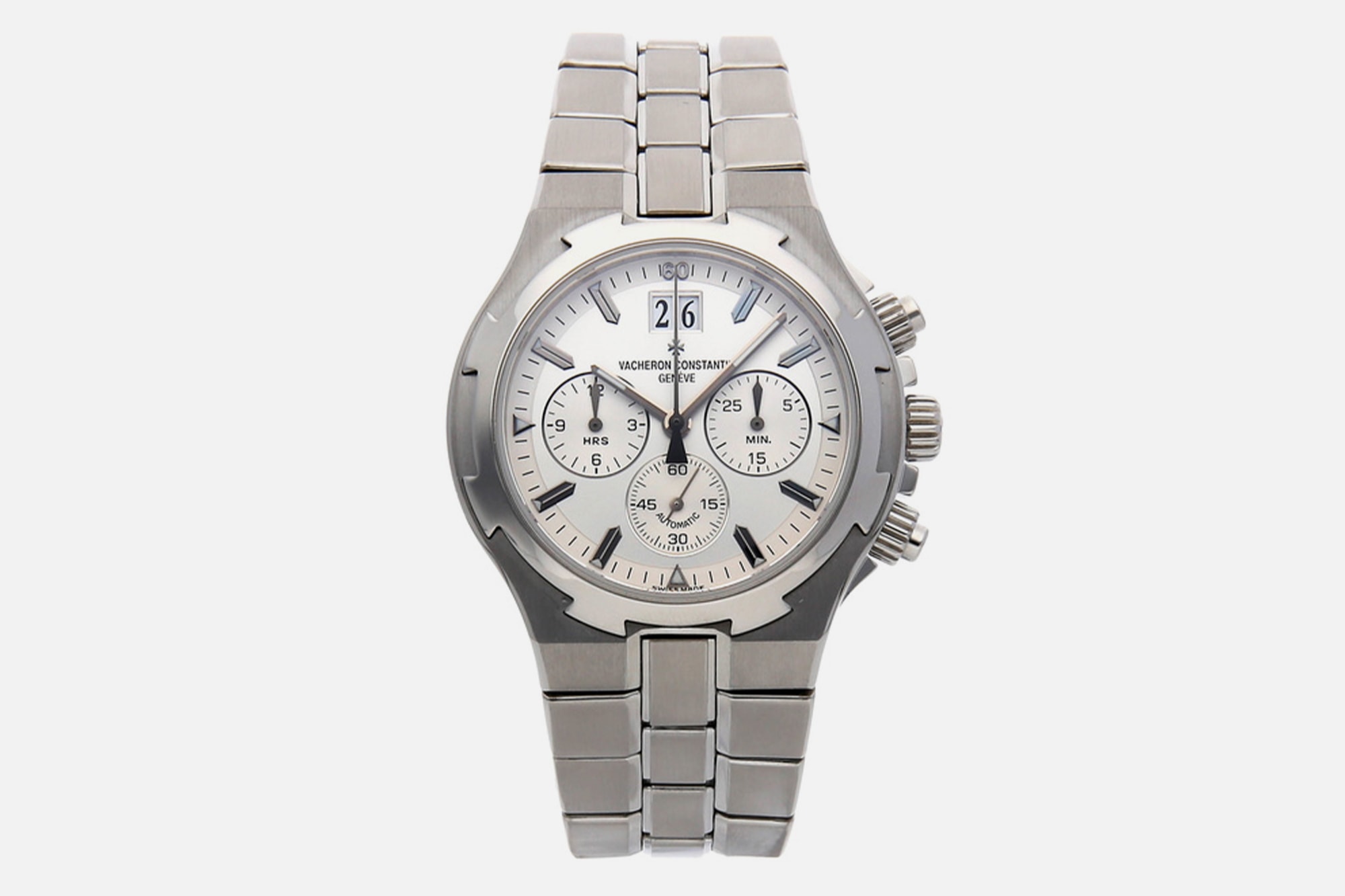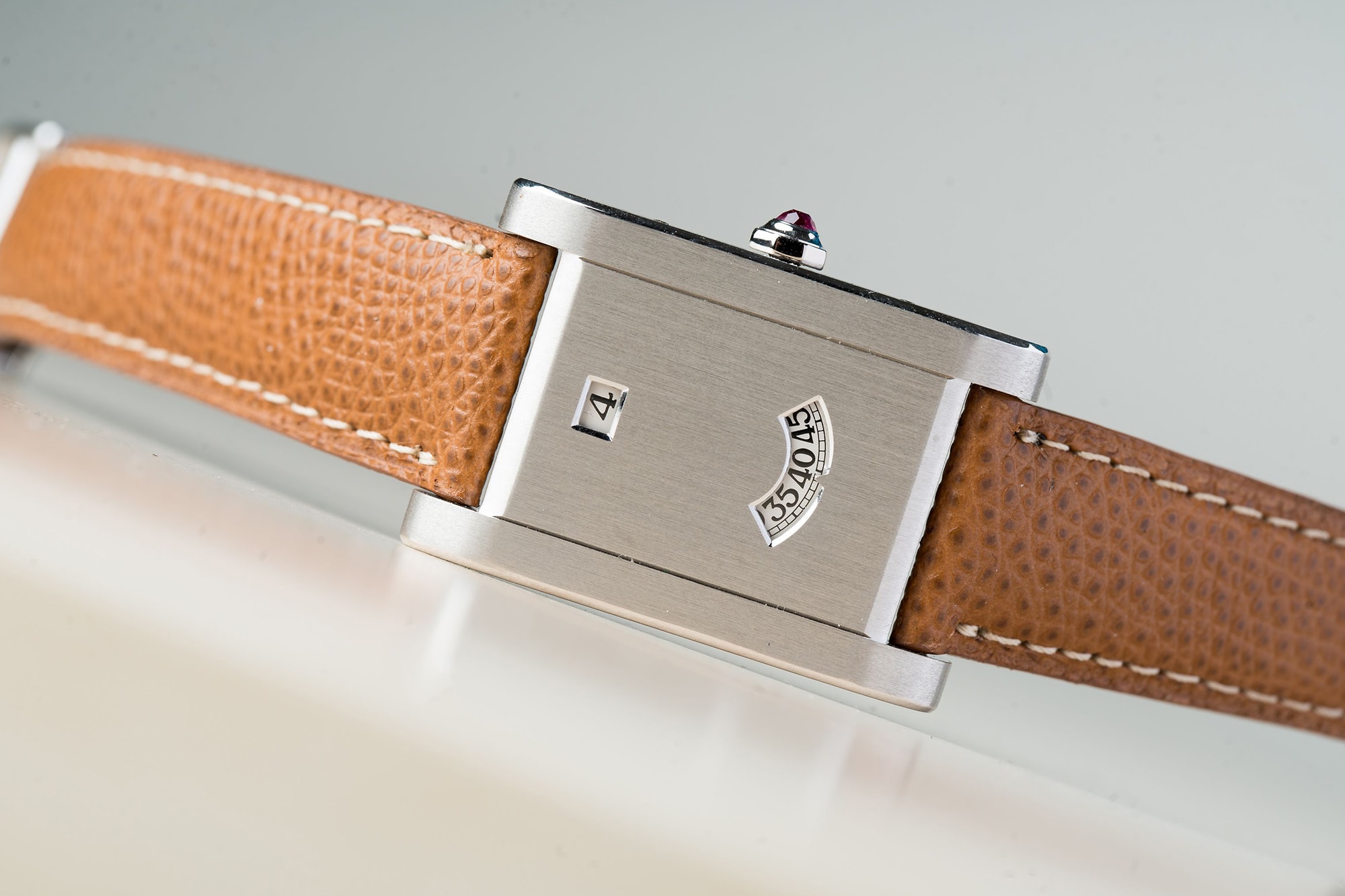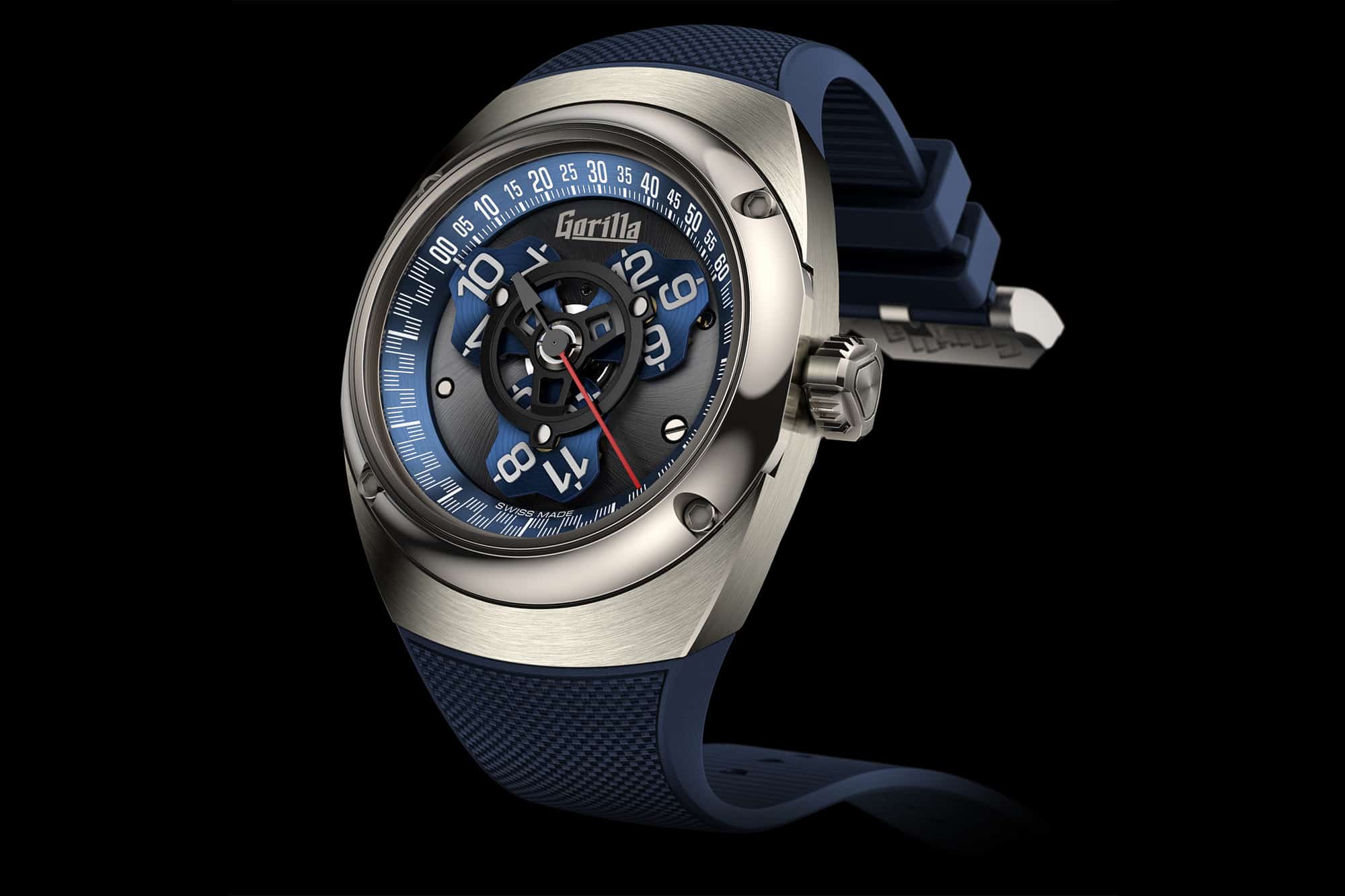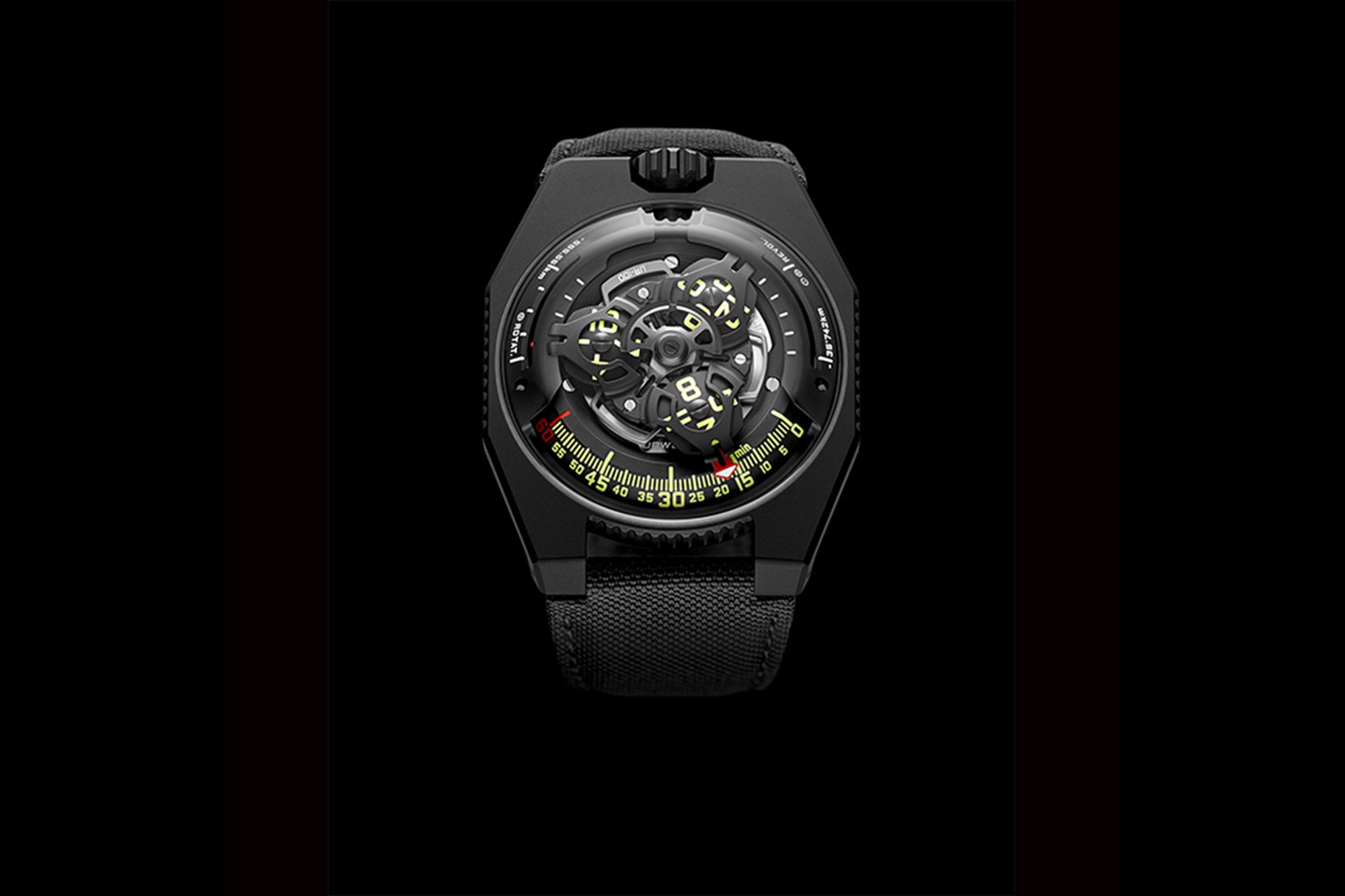There’s a perception among some in the watch community that you have to spend a fortune to get into interesting complications beyond a simple calendar. While it’s true that you’ll always pay for quality, and there are some complications that are truly exotic and rare, there are also a lot of great values in complicated watches if you know where to look. In this guide, we’ll be taking a look at some interesting complicated watches that offer a great value compared to more well known watches with the same complication. Not all of the watches here are necessarily affordable in a meaningful way, but they’re priced in such a way (particularly on the second hand market) where you could potentially categorize them as a steal. In other words, it’s all relative, and we’ll be highlighting examples of watches at the top of the market to illustrate this.
It’s also worth mentioning that this guide is (quite obviously) not exhaustive, and also not the last you’ll hear on the topic of finding great value in complicated watches. If there’s a complication you’d like us to explore, or a specific watch we should look into, leave us a comment, or find us on Instagram to let us know.
Flyback Chronograph
The flyback chronograph is a relatively simple idea. Rather than the normal “start, stop, reset” functionality of a traditional chronograph, a flyback chronograph allows for a rapid reset to zero while in the course of timing an event. By most accounts, Breitling was the first watch manufacturer to introduce a chronograph with this functionality in a pilot’s watch, and it’s easy to see how flying a plane would necessitate cutting out a step from the resetting process – it’s more convenient, significantly quicker, and allows for greater flexibility in how you time an event (most flyback chronographs can still be operated in a traditional way – you don’t have to fly back if you don’t need to).
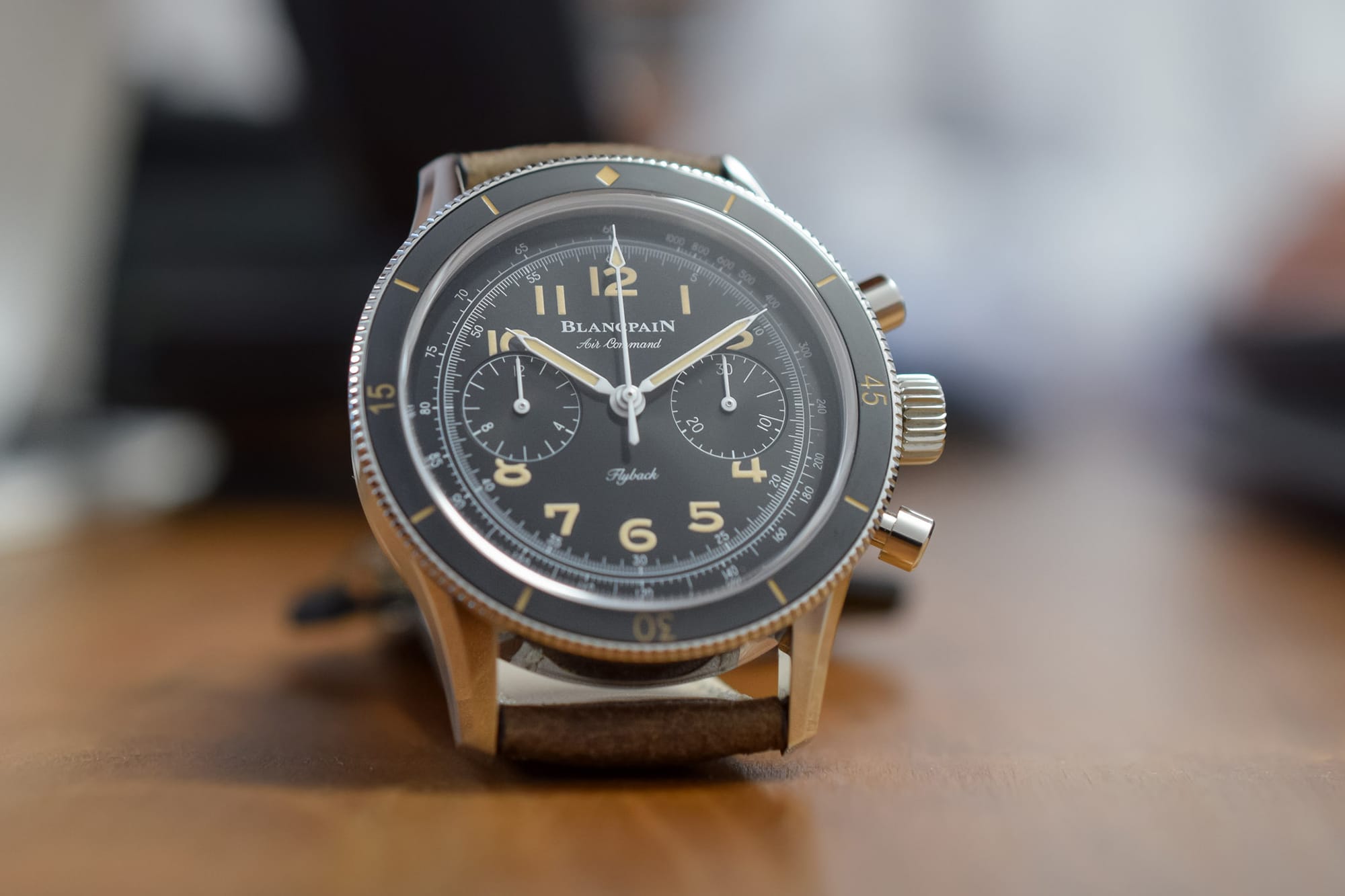









 Featured Videos
Featured Videos




